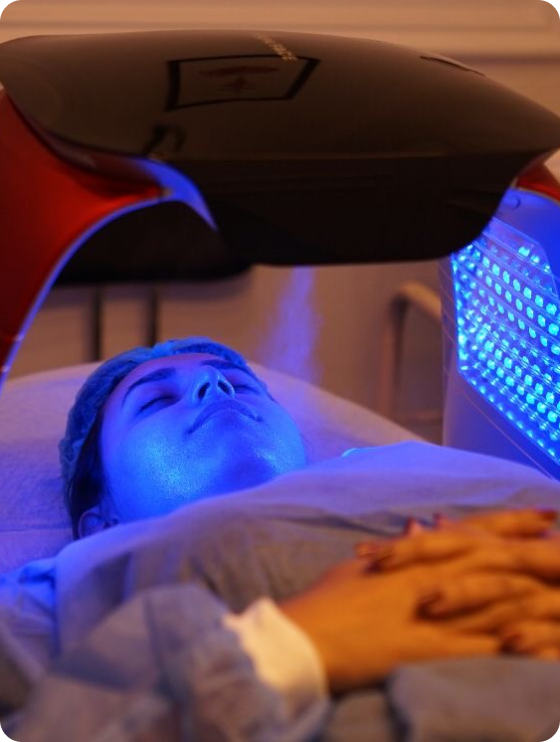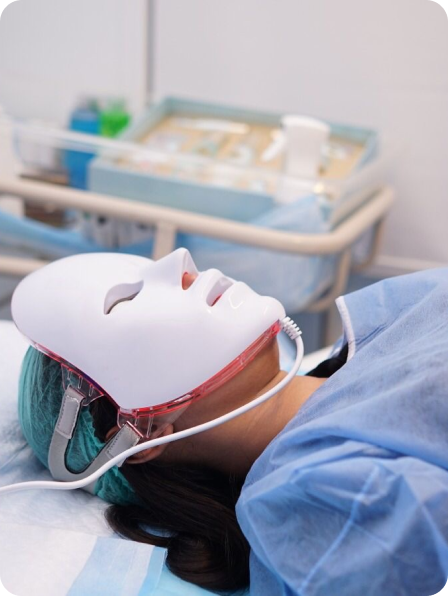CO2 Lasers
CO2 Lasers
Cosmetic medicine frequently uses CO2 lasers. Dermatologists and other medical experts may employ CO2 lasers to treat various skin diseases. Light from the laser is 10,600 nanometers. Cellular water absorbs this wavelength, ablating the superficial skin layer. There is a form of heat injury that this treatment causes. Collagen forms underneath as the skin is stimulated. Skin elasticity is improved by collagen, a protein that forms a densely organized fiber network. Fractional CO2 lasers are favoured over ablative lasers because they produce equivalent effects with less problems. Laser spots from fractional CO2 lasers preserve the epidermis and speed recovery.
After a laser treatment, the skin begins to recover, and new skin may develop—skin that is smoother, firmer, or more elastic. Laser treatment duration depends on skin type, concern, and manufacturer guidelines. protect your skin from hyperpigmentation and scars. Use moderate skincare products and avoid the sun.


CO2 laser benefits
- mild to medium lines
- skin discoloration, acne scars, UV damage, liver spots
- scars from chickenpox
- minimal scarring
- solar keratosis
- cysts on the scalp
Recovering after a CO2 laser
- Take it easy and remain indoors
- Please refrain from picking or scratching the skin while it heals.
- Alleviate pain using over-the-counter medications or cold packs.
- Protect yourself from the sun by wearing sunscreen and avoiding prolonged exposure.
- Be present at check-ins to track progress
- Adhere to the dosage instructions provided by your doctor when taking any prescribed medicine.
- Infection,
- a delay in the healing of wounds,
- scarring,
- peeling of the skin,
- redness of the skin,
- milia, which are large cysts that are yellow or white in color and develop in clusters,
- and alterations in skin tone
Patients should always discuss any possible side effects with the healthcare expert who is giving the therapy. This is especially important when considering the above.


Summary
what people say ?



